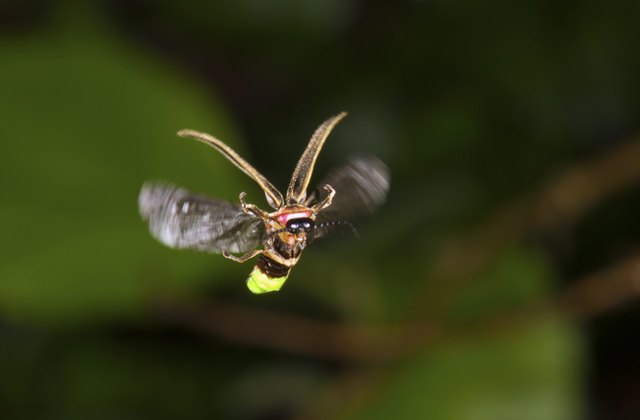

“I know that after this time I’m not going to feel great,” he said. Speaking to CNN on Monday, Chestnut said he was ready to push himself to an “extreme” limit at the contest. He set a competition record with 76 dogs downed in 2021.

Amr Alfiky/ReutersĬhestnut was the heavy favorite on the men’s side and has now won 16 of the last 17 Independence Day contests, including 63 hot dogs last year. Mayoi Ebihara and Miki Sudo compete in the Nathan's hot dog eating contest on Tuesday. The FDNY said they responded to a call of an “electrocution” just before noon on Coney Island and transported a person to Lutheran Medical Center in Brooklyn. The National Weather Service issued a special weather statement warning of “strong thunderstorms” and “frequent cloud to ground lightning” in parts of Brooklyn, specifically mentioning Coney Island.Ī possible injury due to lightning may have occurred on Coney Island, according to a preliminary storm report from the National Weather Service. The weather delay lasted for about two hours, and the event began again at 2 p.m. The gluttonous Independence Day event brought thousands of people to Coney Island, New York, on Tuesday to watch competitive eaters scarf down as many hot dogs as their stomachs allow in just 10 minutes.Ī major rain and lightning storm hit Coney Island around noon, shortly before the men were set to come out to compete, scattering the crowds to shelter. Scientists are working on ways to better track and protect these insects.People take shelter from the rain Tuesday at the Nathan's hot dog eating contest.
LIGHTNING BUGS EAT PLUS
Plus an adult firefly's life span is just one to three weeks, which makes counting them difficult. Scientists aren’t sure how much the firefly population has dropped since their small size makes them hard to tag and track. For fireflies, light pollution interferes with their attempts to signal each other. Too much nighttime light can be harmful to wildlife, affecting their migration patterns and hunting abilities. Pesticide use and loss of habitat have likely impacted the population, as has light pollution. In recent years, fewer of the insects have been spotted during the summer. LIGHTS OUT?įireflies aren’t endangered, but scientists are worried about them. Their flashing is a warning light to predators to stay away.

That’s because fireflies release drops of toxic, foul-tasting blood. Although they can easily spot fireflies by their glow, they rarely eat them. Predators, such as birds or toads, get a different message from these lights. (Most female fireflies can’t fly.) She answers his flashes by turning on her lights. Once he’s near the ground, a female can more easily tell if he’s from the same species as she is. When a male firefly wants to communicate with a female firefly, he flies near the ground while he flashes his light every six seconds. They use this light, called bioluminescence, to light up the ends of their abdomen.Įach firefly species has its own unique flashing pattern. Inside special cells, they combine the oxygen with a substance called luciferin to make light with almost no heat. They have special organs under their abdomens that take in oxygen. YOU GLOW, GUYSįireflies mostly use their light to “talk” to other fireflies and find a mate. Firefly larvae-recently hatched worm-like fireflies that haven’t fully developed yet (including their wings)-feed on worms, snails, and insects. These insects often live in humid regions of Asia and the Americas, where they mostly feast on plant pollen and nectar. (Animals that produce light are called luminescent.) That’s different from other light-producing insects of the same family, called glowworms. Also known as lightning bugs, fireflies are beetles.


 0 kommentar(er)
0 kommentar(er)
